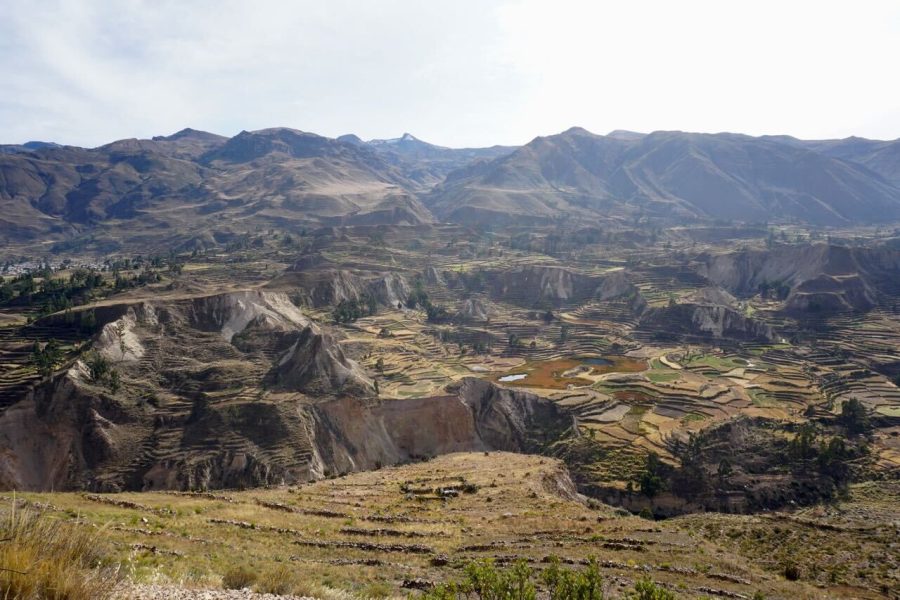Three professors unveil reason behind the Andes Mountains’ varied shape
November 9, 2022
Three professors from across the country united in the Andes Mountains to find the cause of the range’s varied width. They found the subsiding of the plate tectonics caused the odd shape of the range to form.
Brian Horton, UT professor of geological sciences geophysics, dedicated his career to researching the Andes, but lassoed the team during the pandemic. He gathered Tomas Capaldi, an assistant professor at the University of Nevada, Las Vegas and Nicholas Perez, an associate professor at Texas A&M University.
“(Horton) knows the different flavors and components of these different mountain ranges,” Capaldi said. “It’s almost like it started with a riff — if we’re making an analogy to making an album. It was like, ‘Hey, check out this riff we made.’ And then we just started kind of going with it. This (paper) is kind of like the hit single off of that.”
Capaldi said the “riff” translates to measuring the width of the mountains and comparing how it changes going north to south. Due to the boundary between two different plates — an oceanic plate and an overriding continental plate — the Andes should be uniform the whole way through.
“What we found is that the width varies,” Horton said. “It changes tremendously. So it’s sort of an anomaly that doesn’t conform to plate tectonics.”
Many geologists originally credited this to the oceanic Nazca Plate diving beneath the overriding continental South American Plate, Capaldi said. Through this research, the professors said they found unusual geometric variations cause the large changes in width.
“The shape plays a huge role,” Horton said. “We’re taking the next step by looking at the upper plate, looking at the Andes to see the changes in the width and where the faults are active relative to the width of the Andes and putting it all together into a single story.”
The three professors intertwining these factors replaced the old hypothesis with a new attribution to the geological variation in both plates.
“A single option or agent really can’t explain every observation,” Capaldi said. “That’s kind of the new exciting part — this more holistic and unbiased approach to looking at the Andes.”
Capaldi said even though they cannot complete the circle, their steps provide a foundation for other scientists to build on.
Their research opens windows to observe global scale issues such as energy resources, earthquakes and volcanoes, Perez said. The Andes holds the biggest sources of lithium and copper — used to make electric car batteries — as well as oil and gas, he said.
“It’s one of these pieces that we’re adding to the puzzle of understanding how the earth works,” Perez said.
















